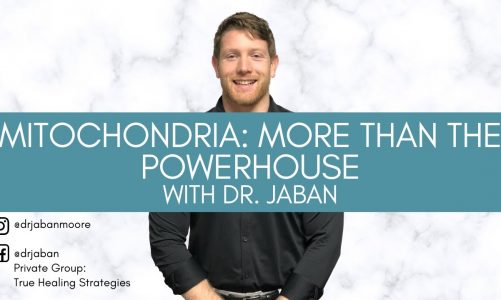For this module, we’re going to talk about the way in which peas and
people remember and transmit information across generations.
This is the structure of the DNA molecule and
we’ll be talking a little more about this in this module.
So DNA is a long, long, long, long molecule.
But in the body it’s organized in the nucleus of each cell,
the center part of each cell.
Not as a long unwound piece of spaghetti, but
wound up on structures called centromeres.
And those structures then compact themselves into structures
that are actually visible under the microscope called chromosomes.
And a picture of the chromosome is shown at the top of this cartoon.
So when you look at a nucleus of a human cell, you’ll see 22 pairs
of chromosomes plus one set of sex chromosomes, X and Y.
If you have two X chromosomes that defines a female, and
an X chromosome and Y chromosome define a male.
The other 22 chromosomes come in pairs and those are called autosomes.
The longest one is chromosome 1, the shortest one is chromosome 22.
It’s not a very imaginative numbering system.
And that’s the situation in each cell in the body
with the exception of sperm cells and egg cells.
Sperm cells and egg cells each have half of the complement of chromosomes,
randomly choosing one of each pair of the autosomes and
one sex chromosome in each sperm cell and in each egg cell.
So when a sperm cell and egg cell come together to create a fertilized ovum,
then you have a complete collection of 46 chromosomes, half from mother and
half from father.
And that’s the mechanism for the heredity.
And the fact is that DNA can reproduce itself, can replicate itself,
through mechanisms that I mentioned in the earlier talk, and so
that gives us an opportunity to create offspring.
Play video starting at :2:8 and follow transcript2:08
Now, here are two sets of chromosomes and they come together to generate one child.
The blue chromosomes are from the father and
the pink chromosomes are from the mother.
And it could be any color, they’re obviously not colored that way.
What’s interesting to notice here is that this is a male child because he has an x
chromosome and a y chromosome and the y chromosome has to come from his father.
Play video starting at :2:33 and follow transcript2:33
And the father’s Y chromosome had to have come from his father.
And the grandfather’s Y chromosome had to have come from his grandfather, so
each male carries in him a Y chromosome that comes from his father’s line,
his father’s father’s father’s father’s father’s line.
And that becomes important when it comes time to figure out who we are in
ancestral terms, where our forbearers came from.
We can track that through the Y chromosome.
It turns out there’s also DNA that comes exclusively from the mother, and
the DNA that comes from the mother is not in the nucleus where the chromosomes live.
But actually in structures called mitochondria.
Mitochondria are little energy factories that are not in the nucleus but
in what we call the cytoplasm, the non-nucleus part of each cell.
And in the mitochondria is a small
ring of DNA called mitochondrial DNA and that comes exclusively from the mother.
How does it come exclusively from the mother?
Remember that when the sperm cell and the ovary come together, the sperm is tiny.
It’s just a little collection of DNA, where the egg cell has a nuclear and
has a cytoplasm, so it’s the cytoplasm of the egg cell
that transmits the mitochondrial DNA from generation to generation.
So your mother’s mother’s mother’s mother’s mother’s mother’s mother’s
mother’s mother’s mitochondrial DNA is your mitochondrial DNA.
We can track maternal lineage that way.
Play video starting at :4:4 and follow transcript4:04
This slide shows what we call the central dogma of modern genetics.
The central dogma is that the information that we want to use to transmit
from generation to generation is contained in DNA,
is encoded in DNA in ways in which I will talk about in a moment.
The DNA itself can be copied.
It can be copied to make other DNA molecules.
It can also be copied to make a single strand copy of itself called RNA.
RNA looks much like DNA, you can see it looks like a single strand as opposed to
a double strand so it’s a template obviously.
And the four baeis, the As, Cs, Ts, and
Gs that make up DNA are shown with the DNA molecule.
The same four bases make up RNA except we refer to the T as a U.
Instead of Thymadine we call it Uridine because it’s a different chemical.
But the T and the U serve similar functions in RNA and DNA.
RNA then serves as a template from which proteins can be made.
And it’s proteins that do all the work in our body.
Proteins that make up the structure of our body so that we have collagen proteins and
hair proteins and nail proteins.
#geneticdefinitions #medicallecture #doctorsworld #viral #grow #foryou #trending #muhammadbinasim
source



